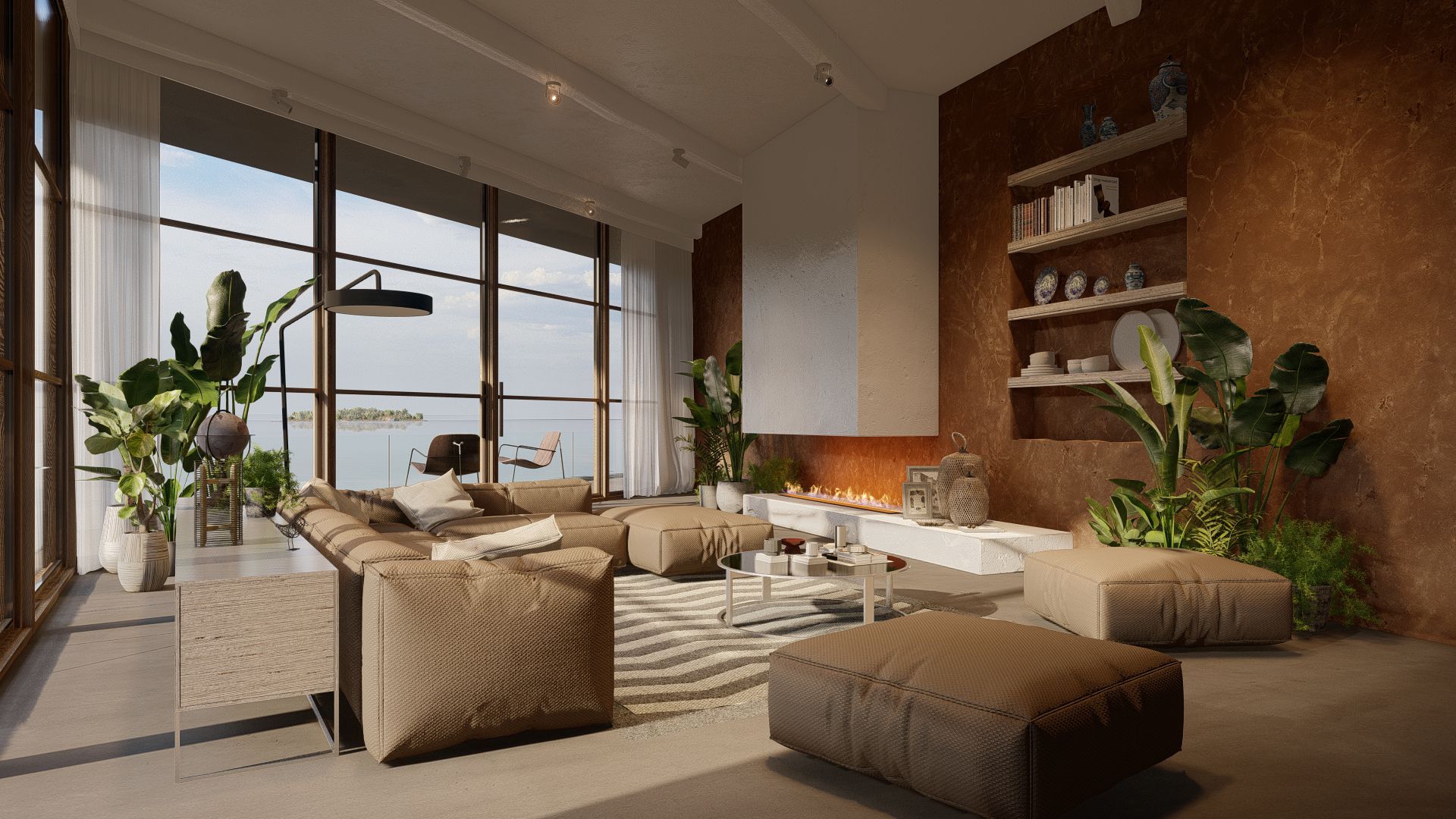Lumion 2024
System Requirements
Everything you need to know to enjoy
Lumion to the fullest
As a 3D rendering program, Lumion is different from other CAD software as it relies primarily on having an excellent graphics card. This is especially important for Lumion’s high-end features. Lumion also requires a computer with a fast graphics card with plenty of memory, as well as an internet connection.
Upcoming Events
Please check the requirements below to find out if your PC can give you a good Lumion experience. You can also find information about where to start if you are looking to purchase a new PC.
For more information regarding computer specs, visit our Knowledge Base article on this subject.
Still have questions? You can find many answers to common hardware questions on our System Requirements FAQ.
* Rendering movies in 4K resolution or using RayTracing requires a minimum of 8GB graphics card memory.
** Your screen resolution may be higher than 1920 x 1080; however, this will impact Lumion performance.
Does Lumion work on
your current computer?
To see how Lumion will perform on your current PC or laptop computer, you can request to download the free trial and run Lumion’s in-program “Benchmark” test.
Lumion will benchmark your computer’s Graphics Card, Graphics Memory, CPU and system memory. If any of these components have a red score, you may want to upgrade this component for a better Lumion experience.

Other methods to benchmark your hardware
The free trial is a fairly large download. Alternatively, you can try:
-
search for it on the PassMark website
-
compare your PassMark score with Lumion’s system requirements.
Want a crash course in optimizing software and hardware?
Check out the blog post, "Lumion computer advice for faster 3D rendering" for everything you need to know about optimizing your hardware.
System Requirements FAQ
Lumion 9.0 and newer versions are supported on some virtual PC/remote desktop platforms. We’ve listed a few third party providers in the link below that offer virtual cloud desktop services.
Important: Not all virtual cloud desktop offerings can run Lumion; many of them do not meet Lumion’s hardware requirements. Always check if the virtual cloud desktop you are purchasing has hardware that matches Lumion’s System Requirements.
Using Lumion on Macs is not officially supported, but it is possible to run Lumion on a Mac. To find out if it will work, please double-check that you have the following:
1. A relatively new Mac computer with a fast graphics card.
2. A Windows 10 license.
3. At least 100 GB free hard drive space for Windows 10 & Lumion.
4. Apple’s Bootcamp software for installing Windows 10.
5. The latest driver software for the graphics card.
For more information about running Lumion on a Mac, read more here.
The power supply is a very important component. An inferior quality power supply may cause your PC to reboot if it cannot cope with sudden spikes in demand while you’re using Lumion (and other demanding 3D applications).
For this reason, we strongly recommend using a power supply from a reputable manufacturer such as Corsair, Super Flower, EVGA or Seasonic.
The power supply should ideally be marked as Gold-rated 80+ or Titanium-rated 80+, which means that it is very efficient and can maintain a steady current in spite of fluctuating demand.
Learn more about Lumion and your computer power supply here.
Most modern CPUs (processors) have a base speed and a boost speed measured in GHz (Gigahertz).
If you have a low benchmark score for the CPU and you’re not sure why, the first step is to double-check that your CPU (processor) meets or exceeds the minimum system requirement (mentioned above under the heading, “System Requirements”). Please make sure that the boost and/or base speed exceed 3.0 GHz and that the CPU has 4 cores or more.
Some reasons why you may have a low CPU score include:
a. Background processes & applications may be having an impact.
b. Intel SpeedStep is running and it may make the CPU run slower when speed is not needed.
c. Other, more accurate Benchmark tests may be needed.
You can learn more about the Lumion benchmark score and your CPU here.
Lumion needs a graphics card with as many PassMark points as possible (PassMark points are used to rate the speed and performance of a graphics card).
If you have a low benchmark score for the GPU and you’re not sure why, the first step is to double-check that your GPU (graphics card) meets or exceeds the minimum system requirement (mentioned above under the heading, “System Requirements”).
Some reasons why you may have a low GPU score include:
a. You don’t have the latest graphics card driver and all available Windows updates installed.
b. Your PC isn’t using the right graphics card.
c. If you have two monitors and two graphics cards, the monitor you’re using with Lumion might be physically connected to the slow graphics card.
d. Other, more accurate Benchmark tests may be needed.
You can learn more about Lumion’s benchmark score and your GPU here.
Check out the blog post, “Lumion computer advice for faster 3D rendering,” for some recommendations for a laptop or PC computer.
Some other helpful guides include:
An extension of your imagination
With Lumion, you’re in control of your ideas. Create stunning visualizations of every angle of your design — at any point in your creative process.
our pricing and plan try for free